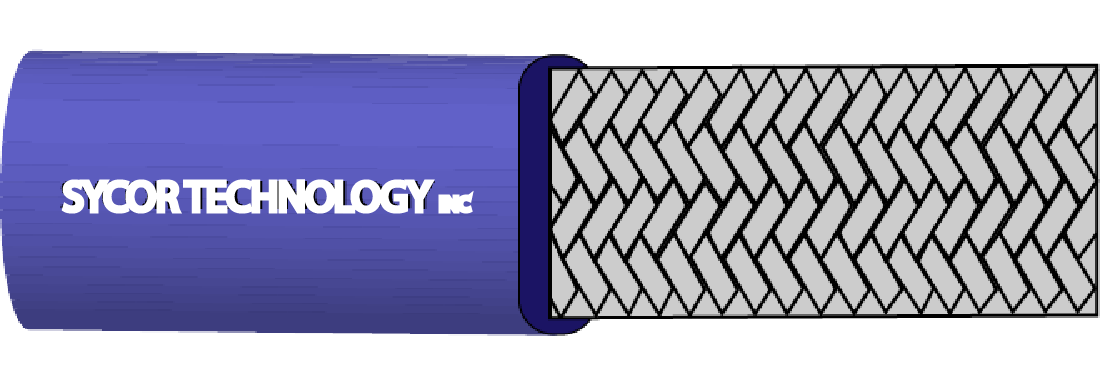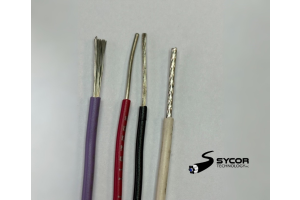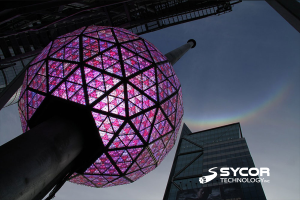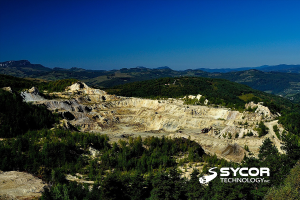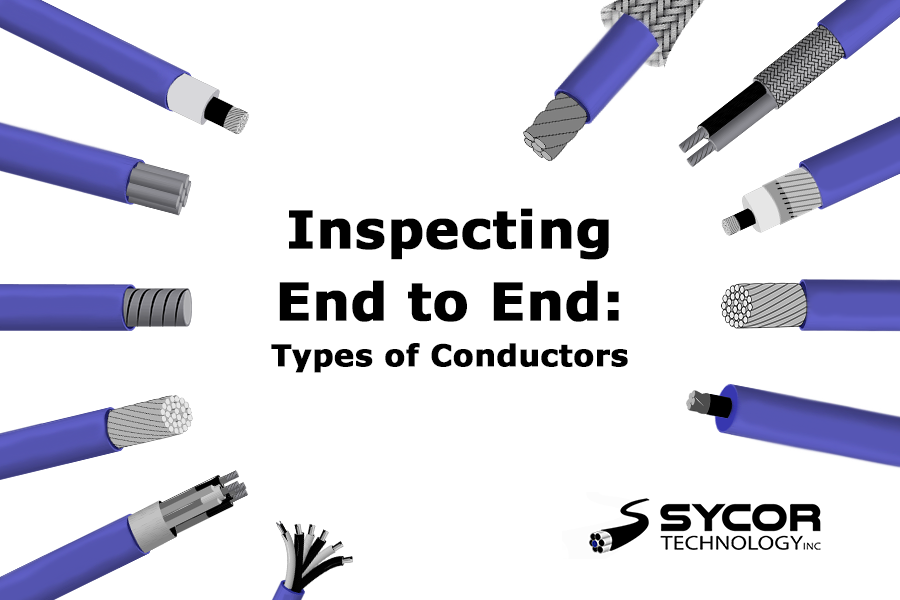
Do you think you are using the best possible product for your application? As you may have noticed, in this installment of Inspecting End to End we are taking a closer look at the peripheral options for wire and cable, rather than any specific product or series. We know that wading through the coating options for wires and cables only makes designing and engineering more convoluted, so this blog will explain different coating options, where they shine, and how they compare to one another.
Common Conductor Options:
For many types of applications, you will find wire and cable can have multiple options fit for the same general purpose. Whether it be an additional coating on top of the conductor, or even the conductor material itself. This customizability allows for a base product to be tweaked to be better fit a given application, operate in harsher conditions, remove redundancies, or be easier to work with.
|
Conductors |
|
|
Bare Copper
|
The de-facto standard for wire and cable, bare copper, serves as the most common type of conductor used in a grand majority of applications. The stranding of this conductor can range from a singular “solid” conductor to a grouping of finer wires together making a “stranded” conductor. Whether the component is solid or stranded dictates which coating options are available.
In terms of capacity and capability, this conductor is more stable, durable, conductive, and outperforms its aluminum counterpart. However, these perks do come at a cost, quite literally. Copper conductor is substantially more expensive than aluminum. |
|
Aluminum
|
The latter of the two most common types of conductors, aluminum excels in applications that are both cost-conscious and low-stress, but otherwise falls short of its copper counterpart. As mentioned earlier, aluminum wire is around 50% cheaper than copper on average, and it is also substantially lighter.
When it comes to the capabilities of the product itself, aluminum has a significantly higher electrical resistivity, however, this comes with the caveat of the component needing over a 50% larger cross-section to carry the same current as copper. Aluminum wiring is softer than copper, and as such expands and contracts more, meaning it has a tendency to lose contact with connection points in certain situations. This can cause arcing, melting, or even fires, which understandably narrows its use cases and makes it a much more niche product.
|
|
Steel / Steel-clad
|
Steel isn't nearly as common as its aforementioned counterparts, primarily because it doesn't conduct electricity nearly as well. However what steel does provide is exceptional mechanical strength, leading to it being a common option for grounding applications. Even still this could be copper-clad steel, rather than solely steel. |
|
Alloy Conductors
|
Essentially a catch-all category for the remaining common types of conductors used in electrical applications, alloys are conductor materials made from one or more metallic elements. A synergy is created when these elements are combined, leading to these new alloys being stronger than if their elements were used alone. Alloy conductors are typically plated with either silver or nickel. |
|
Conductor coatings/platings |
|
|
Tinned |
The first of the options for coatings, tinning a conductor involves individually tinned strands, this option serves as the lowest cost of all tinned varieties. |
|
Heavily Tinned |
Similar to tinning, and as the name implies, this option still tins the individual strands but does so with a higher thickness of tin applied. This type of tinning retains the base flexibility of the product for the majority of its length, as only the end(s) are affected. |
|
Overcoated |
This option involves applying an overall coating of tin to the length of the stranded tinned wire. While it presents as a solid conductor it still maintains some level of the stranded materials flexibility and is not prone to breakage under continual flexing like a solid conductor would. |
|
Topcoated |
Similar to overcoating, this option is available for bare copper products. It boasts the same benefits as the previous entry. |
|
Prefused |
As known as “prebonded”, this option is constructed with strands of heavily tinned copper that are fused via heat along the length of the product. Similar to the last two entries, this option presents characteristics and ease of use that align with a solid conductor but would not work-harden or break under conditions in which a solid conductor would. |
|
Silver plating |
Even though silver is the most conductive metal, due to its cost, it is rarely ever used as the conductor for a product unless there is no substitute. However, silver plating is widely utilized in order to widen the operating temperature range without negatively affecting conductivity due to the cross-section contact area. |
|
Nickel plating |
Similar to silver, nickel boasts a much larger operating temperature range than solely copper products (or any of the other listed options above for that matter). In addition to this, it also carries a higher corrosion resistance as well as mechanical toughness, making it quite the desirable plating option for products that need to be able to take on the harshest conditions. |
|
Coating Methods |
|
|
Hot Dip |
For this option, the conductor is run through a molten bath of the coating material. While this does apply a coating of material across the desired length, there may be slight fluctuations in the thickness of the applied material. |
|
Electroplating |
This option utilizes the electrolysis method to ensure that a uniform amount of coating material is applied and bonded to the base conductor. |
|
Cladding |
The last and most brute force method of bonding, this method uses heat and pressure to weld two or more dissimilar metals together. |
Outliers:
A keen eye may notice that gold coating/plating is an option that has not yet been mentioned. When comparing this option to their more common counterparts, elements like cost, specific use cases, or unique benefits make considering gold negligible at best when it comes to design considerations for products/components. That being said, there is a possibility for a gold coating to be vital to the application, and we would be remised not to provide the most possible options for our clientele.
Reach out to our sales team for any of your coating queries or quoting inquiries at [email protected]. In addition to providing the components you need when you need them, here at Sycor we pride ourselves on our additional value-added services. Whether you require coated/plated product, jacketing, additional tin dipping, cut-to-length, or other specialized services, Sycor can make sure your product is ready to use right out of the box! Check out our VAS capabilities here, or connect with us to send in a quote.
For more information about us:
Call Toll Free - 1.800.268.9444 or Email Us - [email protected]


